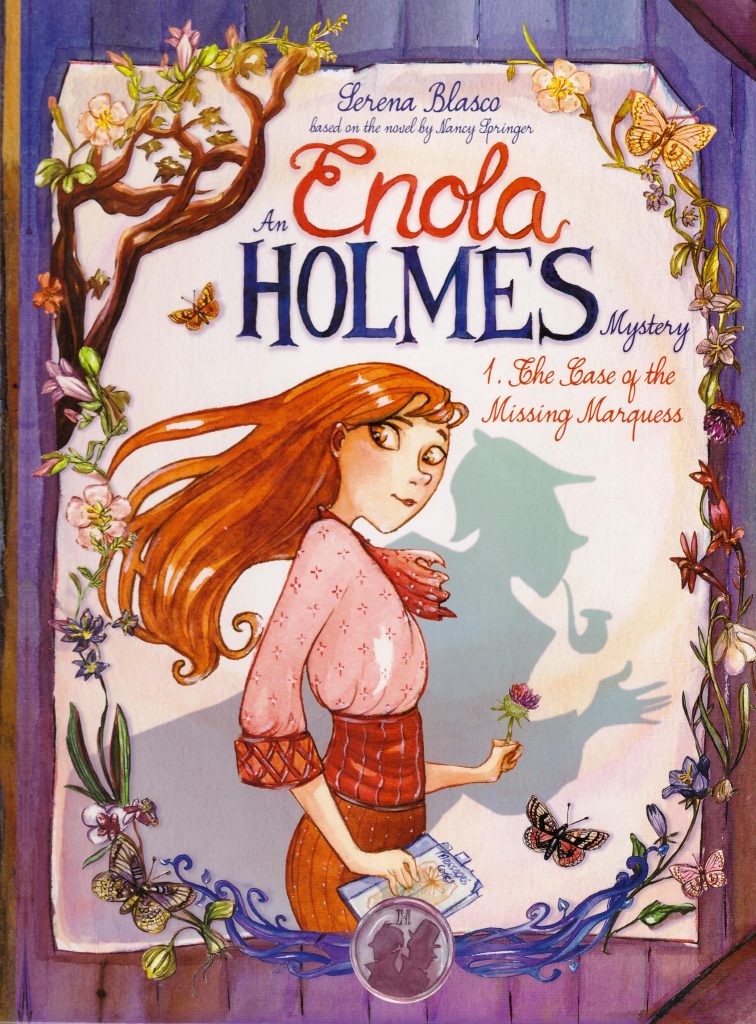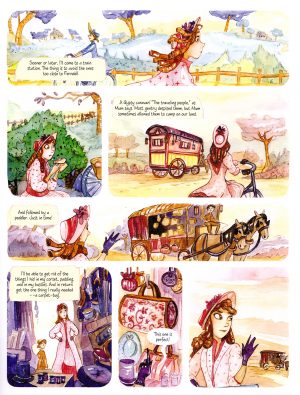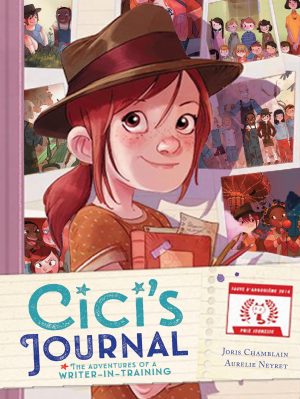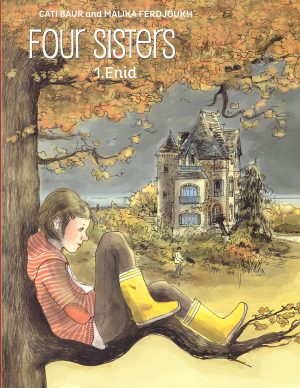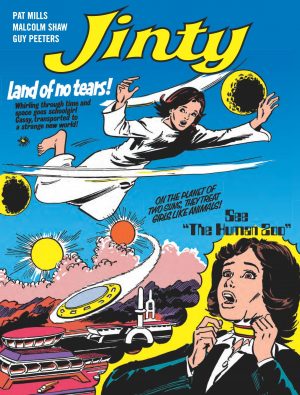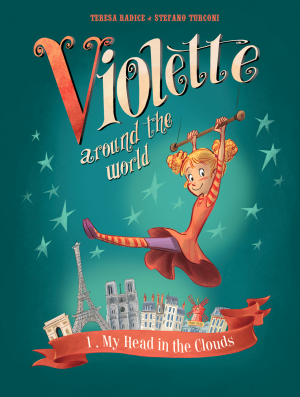Review by Ian Keogh
Ever heard of Enola Holmes, considerably younger sister of Mycroft and Sherlock? Well, between 2006 and 2010 Nancy Springer concocted six young adult novels about her teenage adventures, five of which have now been adapted as graphic novels by Serena Blasco. The Case of the Missing Marquess is the first of those graphic novels to be issued in English, with The Case of the Left-Handed Lady to follow in 2019.
When her mother disappears, Enola makes a few enquiries, but soon determines she’ll have to involve the older brothers she’s not seen since she was a young child. After all, they have considerably more experience with that sort of thing. They’re not much help, bickering with each other, and Mycroft appears more concerned about what happens to the money he supplies for assorted staff who don’t appear to be employed. Having assessed the matter, they believe she’s deserted Enola and the family home, but Enola has far more faith in her mother, so begins her own investigation.
Springer’s novel combines puzzles for readers to solve along with Enola and so progress her search, while also being forthright about conditions for women in the early 20th century and the general levels of poverty. Blasco brings all this through along with Enola’s candid, determined and individual personality. This is via bright painted cartooning and charmingly designed people. Except those who’re intended as threatening, who are. However, while Enola is a character with some appeal, there’s something lacking about her adventures, which are random, and Enola sees her mother’s disappearance in terms of a puzzle rather than anything to become upset about, perhaps a lapse to ensure younger readers aren’t upset. There’s also a disconnect between her and her brothers. This may be an adaptation glitch, or a comment on the formality of the times, but whatever minor marketing advantage might have been gained by the connection with Sherlock Holmes is negated by his having little bearing on the plot. The Case of the Missing Marquess would have worked better as the adventures of a capable young girl without those connections.
The intended audience is likely to take a less critical approach, and will be more easily charmed by the art alone.
